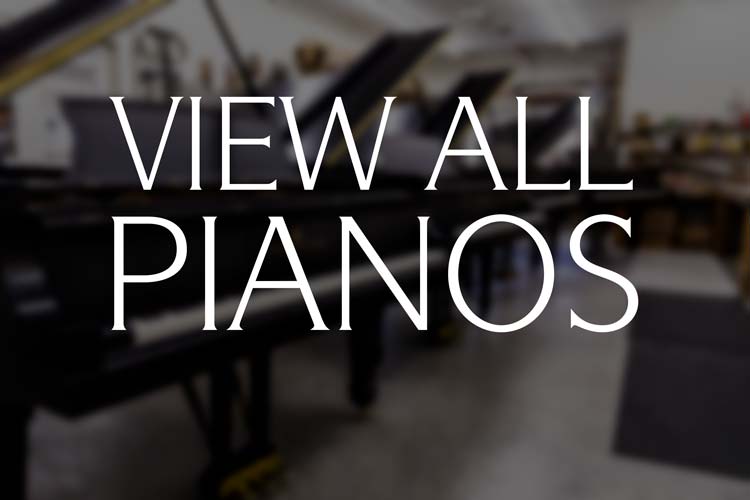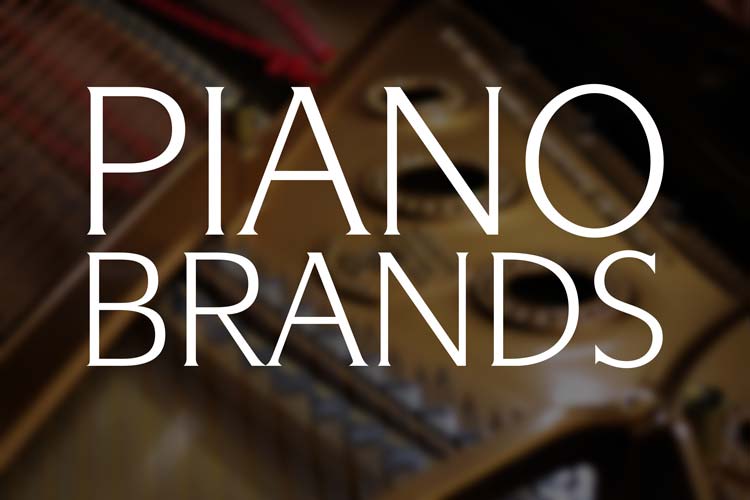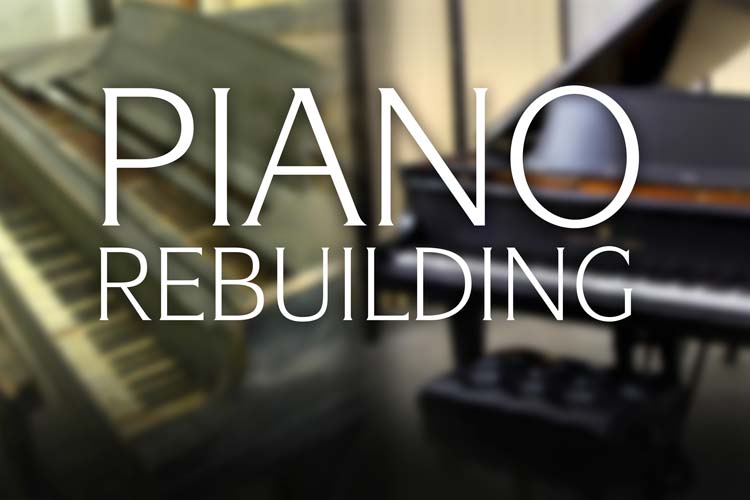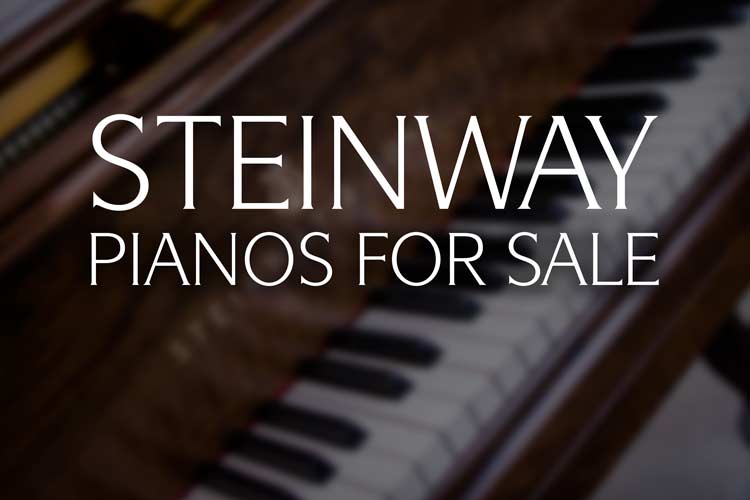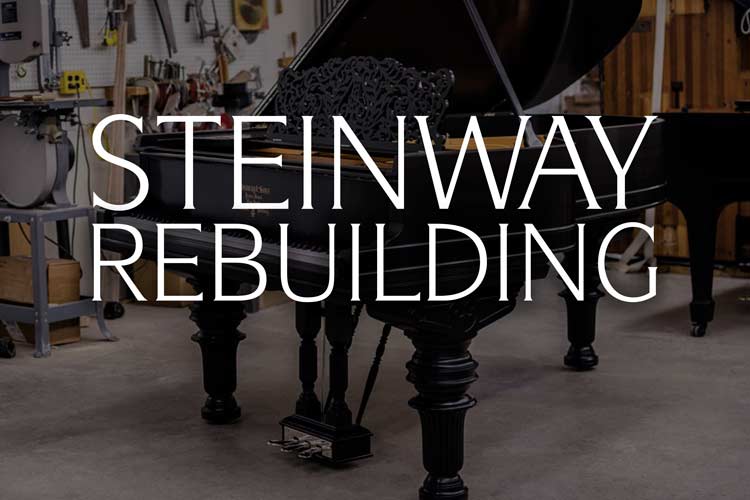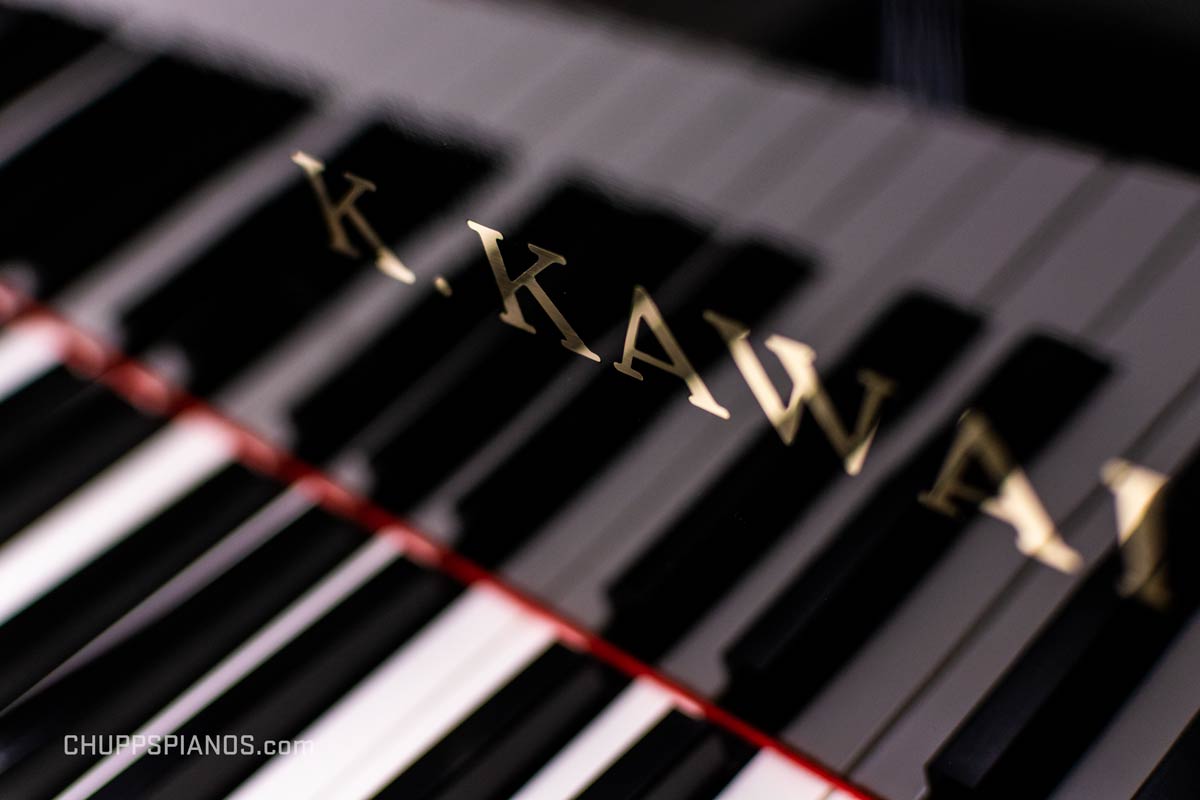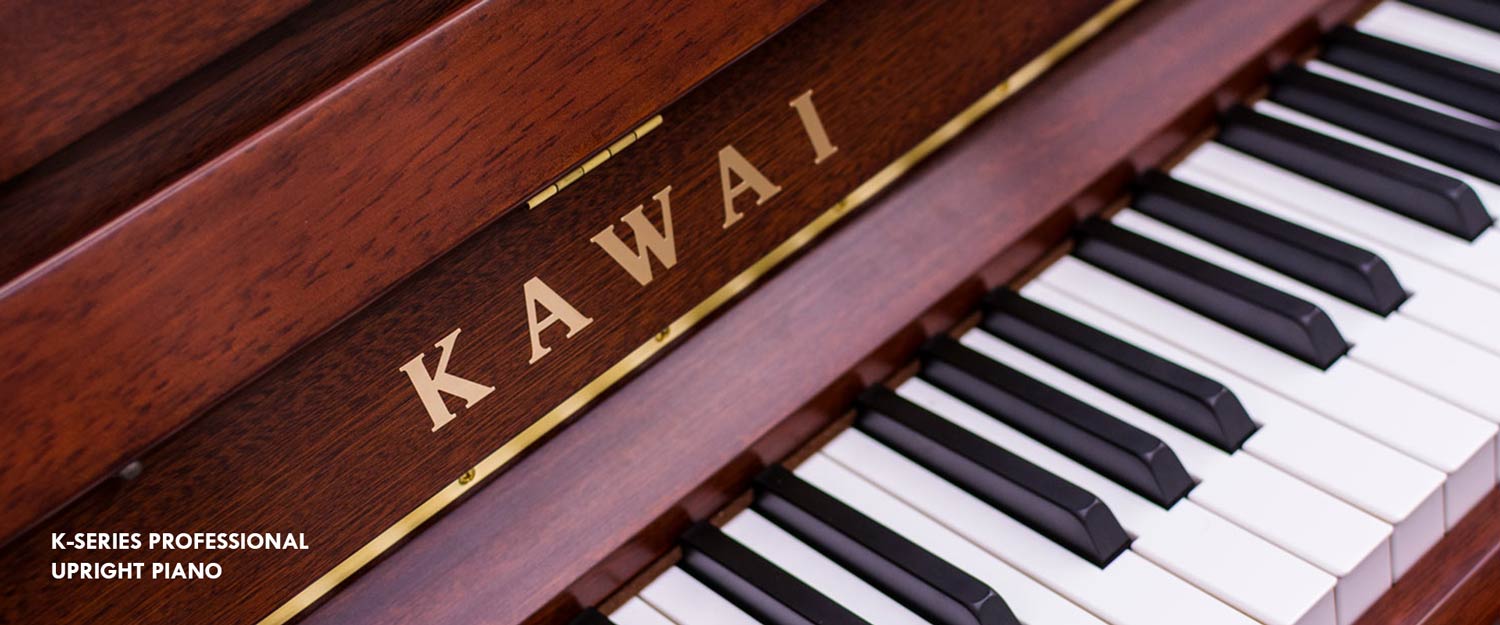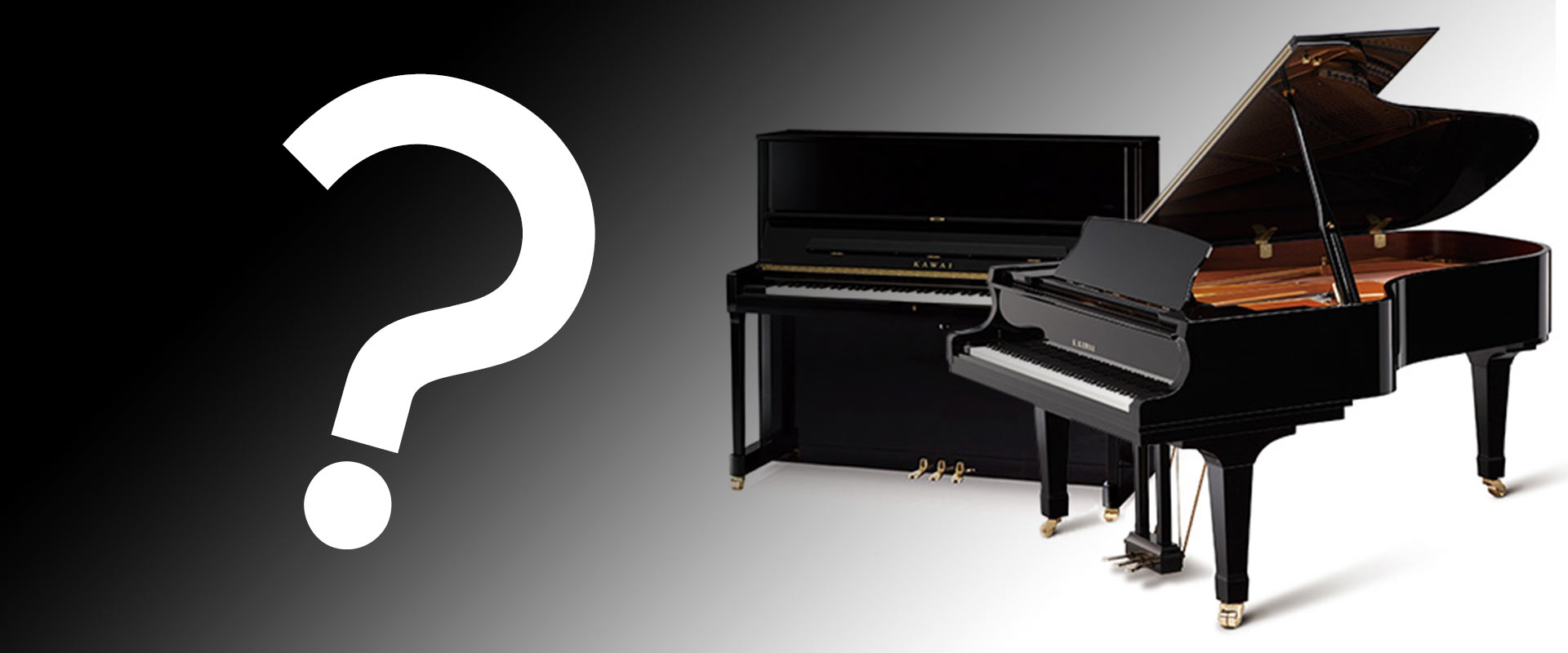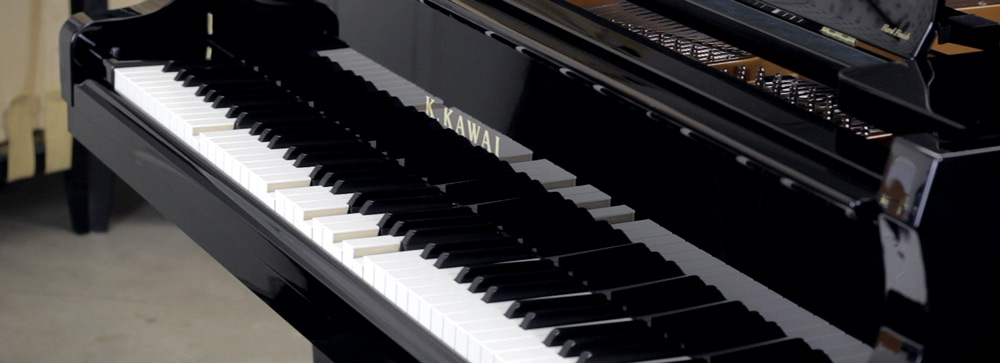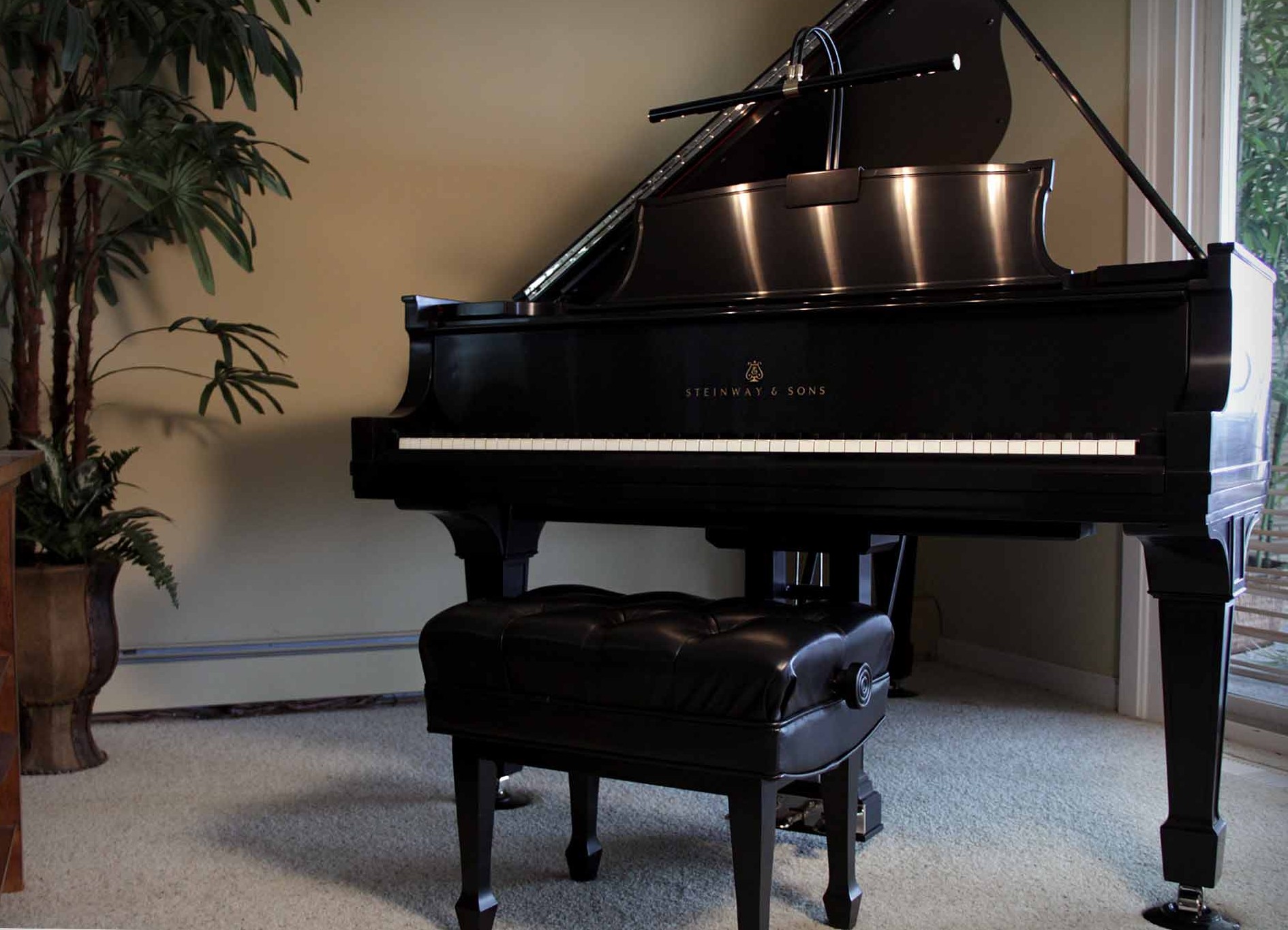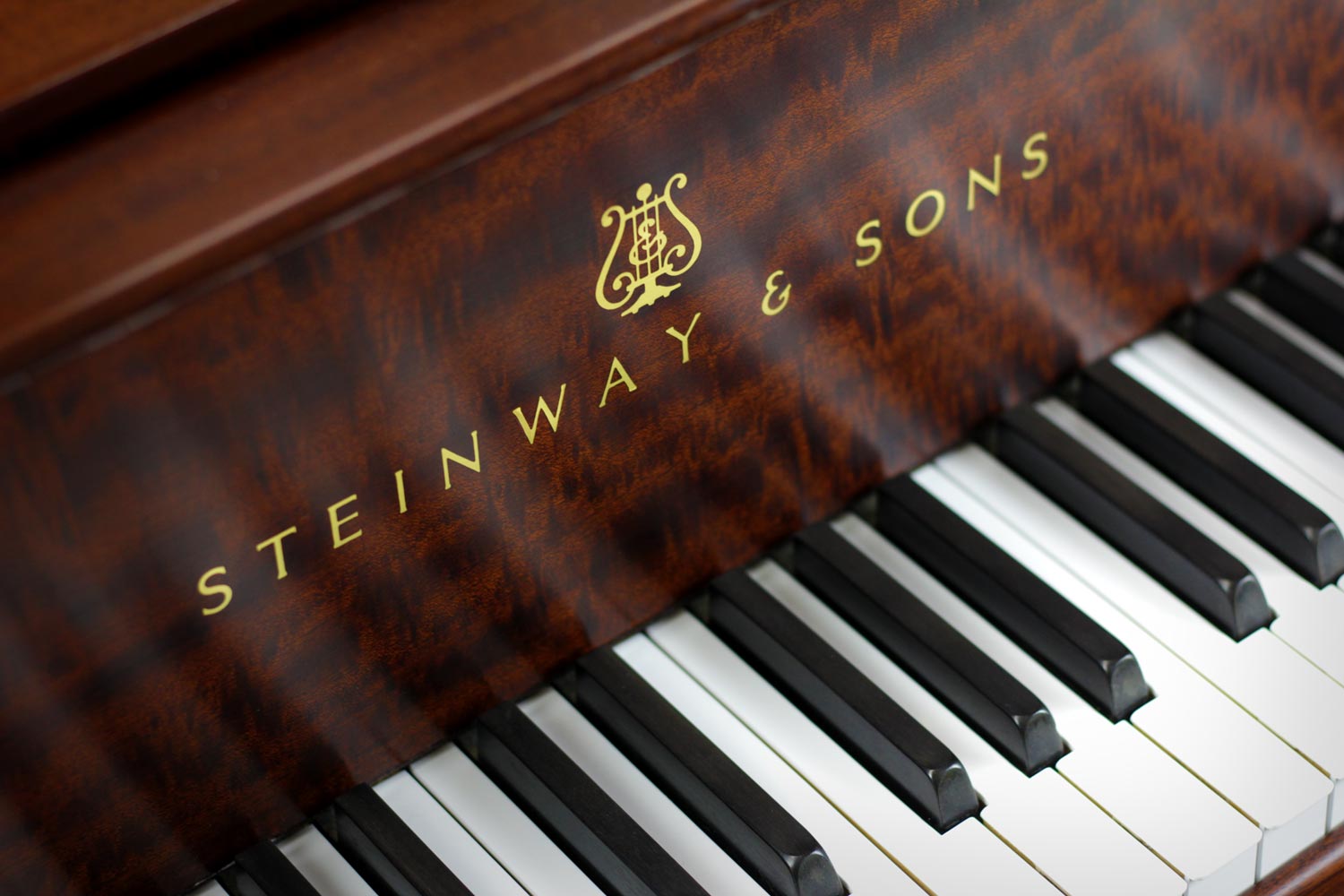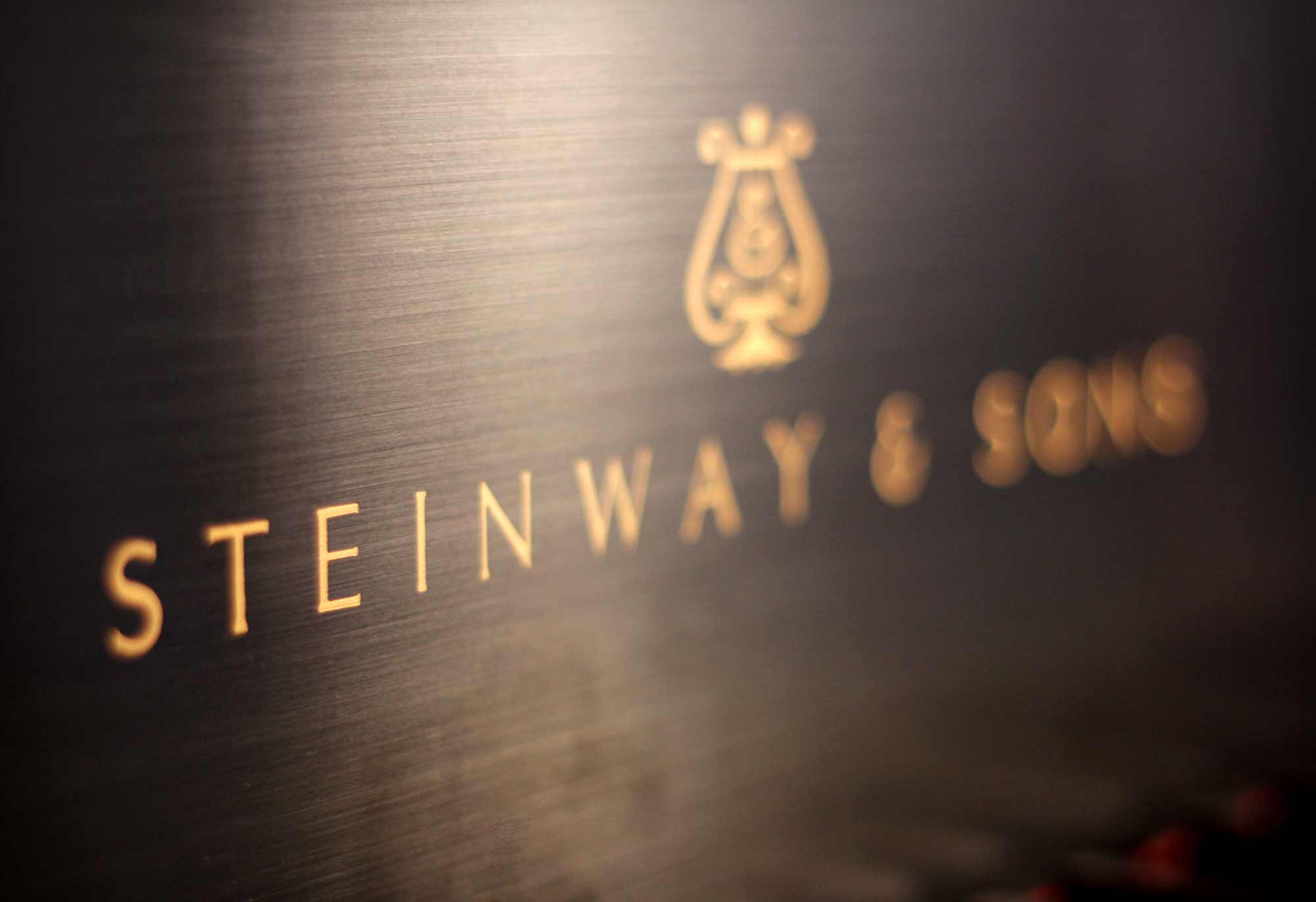North Carolina Family Purchases Grand Piano from Chupp’s Piano Service – Testimonial
North Carolina Family on their Chupp's Pianos Kawai Grand
We were recently fortunate enough to be able to provide a beautiful Kawai Grand Piano to a family in North Carolina. They were kind enough to send in a testimonial about the piano and their experience working with Chupp's Piano Service. It is always a joy to be able to help pair up a 'perfect piano' to a new home!If you haven’t watched Chupp’s video, “The Garage Piano,” I encourage you to do so. This video showed me Mr. Chupp’s integrity and the heart of this family business, and I immediately knew that I wanted them to rebuild my circa 1891 grand piano. I contacted them right away via their website. Tim Chupp called me back, and we discussed the rebuilding process and the costs involved.
A ‘New’ Piano for the New Year – Used Upright Pianos for Sale
Pre-Owned Upright Pianos for Sale | Refurbished Pianos
2019 is underway! Whether your New Year's resolution has anything to do with music or not, we just might have the piano that is right for you. Along with our selection of rebuilt/restored grand pianos and new Kawai upright, grand and digital instruments, we also have a fine selection of pre-owned instruments at astounding prices. Here are just a few of them!A Deal, or a ‘Steal’? – Choosing an Upright or Grand Piano for your Student
Question: My child is starting piano lessons. What kind of piano should I get for them? I found a free one on Craigslist and most of the keys still work. Could I start them on this piano until they get good enough to deserve a better one?
The selection of an instrument for your budding student is an important one. Students of the piano will spend many an hour practicing scales and building up to ever increasingly difficult pieces. A link should build between the artist and their instrument. This is why it is critical to select a piano that encourages them to sit down and play.
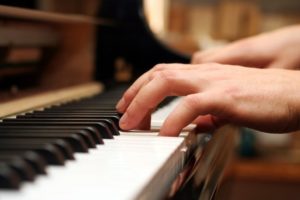 Holding Your Student Back…
Holding Your Student Back…
Imagine someone beginning to learn a sport, say, baseball. One wouldn’t give the budding player a stick broken off from a nearby tree and tell them; ‘learn with this, and when you get really good we’ll give you a real bat!’ It is obvious that this would not be conducive to enjoyable learning and would impede progress. One would be tempted to simply quit when placed under this handicap.
Unfortunately, we see this far too often in the world of pianos. The difference between a fully functional, professional grade piano and the ‘Craigslist deals’ and cheap keyboards one often sees in us for practice is like day and night. Even budding pianists can tell the difference, even if they cannot express what exactly they are feeling.
Creating Frustration
Young students are much more perceptive to tonal quality and touch than many parents think. Many of the ‘free deals’ that can be found on Craigslist (and yes, even at some piano dealers) can be much more trouble than they are worth. A badly built and maintained piano may require much more repair and restoration work than is initially noticeable when examining the exterior. It is always recommended that you contact a qualified piano technician prior to considering the purchase of one of these used pianos. It can be incredibly frustrating to sit down at a barely functioning piano that has been badly maintained and attempt to bring some kind of discernable melody out of it. It is maddening for the professional; just imagine how frustrating it is for a beginning student. Sadly, we see this so often. It is no wonder that many students fail to stick with piano lessons. In terms of monetary value, a durable, high-performance instrument can and will help you and your student get the very most out of piano/music lessons. A well-built, properly maintained instrument will stay in regulation and in tune saving you money in service calls. Many music teachers also have minimum requirements for the student’s practice instrument – and with good reason!Kawai Vs. Yamaha Pianos
Which Piano is Right for You: Yamaha Vs. Kawai?
Question: “I am considering both Yamaha and Kawai pianos and they seem similar. What are some of the differences?"
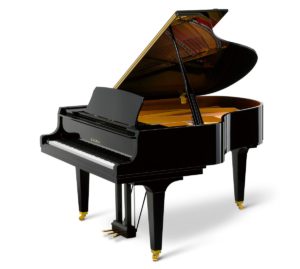 Yamaha pianos are often near the top of the list when pianists begin looking for a good piano. If you are looking at the purchase of a new Yamaha piano, the consideration of a piano manufactured by Kawai may be in your best interest. Founded in 1927 by Koichi Kawai, Kawai endured ninety years of history to become one of the leading piano makers in the world. They continue to produce high-quality pianos at a price point that is hard to beat—even for Yamaha.
Kawai and Yamaha pianos are often compared due to a number of similarities. They are both based in Japan and have decades of experience in the crafting of both upright and grand pianos. Their factories are some of the most advanced in the world and they pride themselves on consistency. Both of the companies build an incredibly high number of pianos each year. This high production capacity combined with truly good quality has made both brands the choice of musicians, students and piano lovers around the globe. That being said, Kawai has some significant advantages over Yamaha pianos, which has allowed them to be the leader of innovation in the piano industry while maintaining competitive pricing for their high-quality pianos. So what separates Kawai pianos from Yamaha pianos?
Yamaha pianos are often near the top of the list when pianists begin looking for a good piano. If you are looking at the purchase of a new Yamaha piano, the consideration of a piano manufactured by Kawai may be in your best interest. Founded in 1927 by Koichi Kawai, Kawai endured ninety years of history to become one of the leading piano makers in the world. They continue to produce high-quality pianos at a price point that is hard to beat—even for Yamaha.
Kawai and Yamaha pianos are often compared due to a number of similarities. They are both based in Japan and have decades of experience in the crafting of both upright and grand pianos. Their factories are some of the most advanced in the world and they pride themselves on consistency. Both of the companies build an incredibly high number of pianos each year. This high production capacity combined with truly good quality has made both brands the choice of musicians, students and piano lovers around the globe. That being said, Kawai has some significant advantages over Yamaha pianos, which has allowed them to be the leader of innovation in the piano industry while maintaining competitive pricing for their high-quality pianos. So what separates Kawai pianos from Yamaha pianos?
1: Higher Stability
Kawai pianos, especially their grand pianos, have undergone steady and constant improvements in their design and workmanship over the years. Today, Kawai pianos come standard with their industry leading Millennium III ABS-Carbon Fiber action. Several decades ago, Kawai made the bold decision to begin the production of piano action components utilizing ABS-Styran. This change from wood was shocking to the traditional piano industry and initially was widely dismissed. The years since have proven the stability and accuracy of their new parts, which today, are widely accepted and credited by the piano industry. In fact, America's Mason & Hamlin through their subsidiary Wessel, Nickel and Gross have recently switched to similar, ABS components with raving reviews. Currently, the new Millennium III action parts are made of ABS infused with Carbon Fiber for added strength and rigidity. These actions are utilized on both Kawai grand and upright pianos.VIDEO: QRS PNOmation Player Piano System Demo
Historic Roots | The Newest Technlogy
During the early part of the 20th century, player pianos were incredibly popular. Today, new technology has replaced the old paper music rolls and allows for an incredibly detailed musical experience that is truly impressive. QRS Music Technologies Inc. was founded in 1900 by Melville Clark (of Story and Clark piano fame.) Today, they produce the PNOmation Player Piano System. This amazing piece of technology can be installed on almost all existing pianos, grand or upright. Gone are the days of large, unsightly control boxes and having to keep track of tapes and data disks! This advanced, modern system virtually disappears into the piano. Chupp's is proud to be able to offer their latest PNOmation III Player Piano System to our clients.Should I buy an Upright or Grand Piano?
Which style of piano is right for you?
Upright vs. Grand piano, that is the question. Or at least one question that we hear often. Buying an instrument, especially one as large as a piano is a decision that shouldn’t be made in a snap. And deciding which style of piano to go with is one of the first steps in choosing the instrument that is right for you and your lifestyle. The last thing you want is to run out and buy an instrument that simply will not work with what you need and where you live. So here are a few things to look at when deciding which direction to go.…

